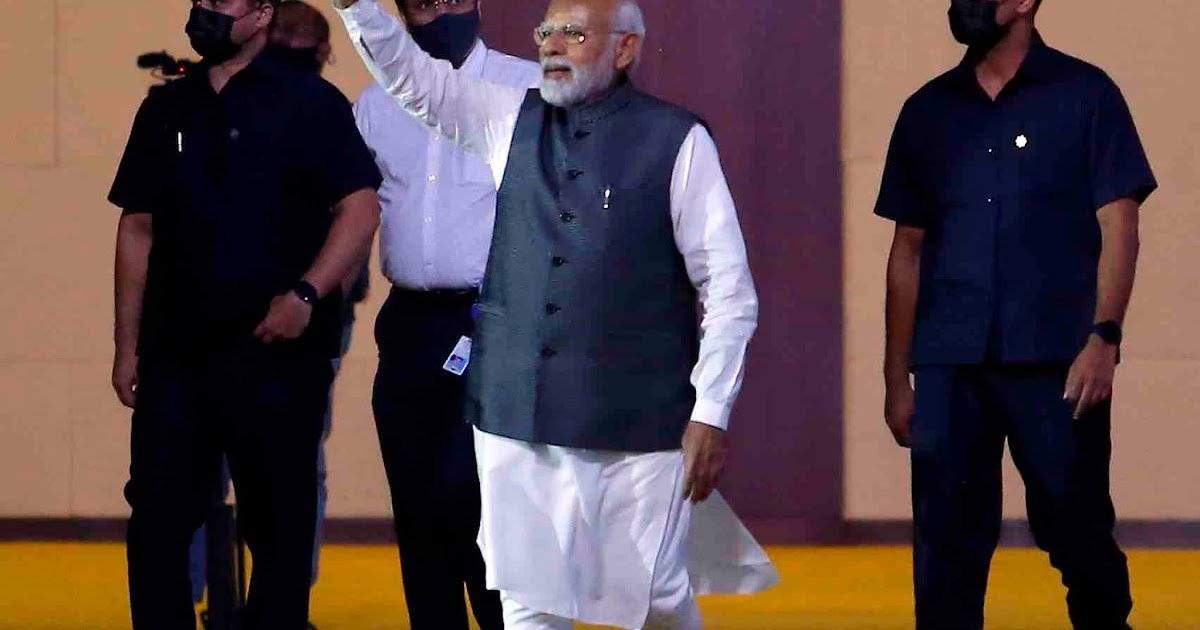
India must ramp up defense exports for Modi’s aim of bringing India into the league of the world’s top five defense producers, with an annual turnover of US$26 billion
By Ajai Shukla
Unsigned Editorial, Defence News of India
October 20, 2022
On Wednesday, Prime Minister (PM) Narendra Modi issued a challenge to India’s aerospace and defense industry by calling for an annual export target of Rs 40,000 crore. Neither this will is new, nor the figure. The The objective of increasing defense exports tenfold, from the current level of 2,000-3,000 crore per annum to over $5 billion (then Rs 35,000 crore), was first stated in the policy of Defense Production of 2018 (DPrP-2018). Mr Modi made that call again when addressing Defexpo 2020 in Lucknow. Helped by the addition of exports of civilian aerospace products to those of defense kits, exports hit a high of Rs 13,000 crore this year. Even so, a three-fold increase is needed to meet the DPrP-2018 export target, which is a tall order.
However, it is not inconceivable. As the Prime Minister pointed out, defense exports have increased eightfold over the past five years, with defense materials and equipment being shipped to more than 75 countries. And the government stepped up, having apparently understood that growing defense exports are key to achieving the DPrP-2018 target of bringing India into the league of the world’s top five defense producers, with an annual turnover of US$26 billion (Rs 180,000 crore) – a double increase from the current annual defense production of Rs 90,000 crore.
Seemingly aware of the scale of the challenge, the government has created a policy framework to boost aerospace and defense exports. Defense attaches stationed at Indian embassies abroad have been tasked with seeking opportunities to supply their host countries with Indian military equipment. New Delhi has created a liberalized trading environment for Indian defense exports by removing structural barriers to the arms trade. India has already gained entry into three of the world’s four export control regimes: the Missile Technology Control Regime, the Wassenaar Arrangement and the Australian Group. New Delhi has thrown all its diplomatic weight to secure entry into the fourth – the Nuclear Suppliers Group. New Delhi offered friendly foreign countries such as Myanmar, Maldives and Sri Lanka lines of credit for the purchase of Indian defense equipment. Public sector defense companies (DPSU) must now generate 25% of their turnover from exports. A nodal agency, the Indigenous Defense Equipment Exporters Association, was established in October to handle defense export inquiries from potential customers around the world.
Even with these structural framework reinforcements, the exponential increase in defense exports requires a major shift in focus. Instead of focusing on exporting low value consumables such as ammunition, spare parts and aerospace components, India needs to focus on complex and high-value combat platforms. As the Indian Army drops its reluctance to take native platforms such as Tejas Mark 1 and Mark 1A fighters, Light Combat Helicopters (LCH), Dhruv and Rudra helicopters, Arjun tank, Akash air defense systems, Pinaka rocket launchers and a range of indigenous warships including corvettes, frigates and destroyers, potential customers rightfully ask why the Indian military is hesitant to purchase these platforms. The Indian Army must lead the way by ensuring that the Army, Navy and Air Force introduce indigenous weapons into operational service and co-opt industry to gradually develop and improve products. The export of these weapons creates economies of scale, lowers the prices of equipment for India as well as for the buying countries, and also generates strategic weight for India.






